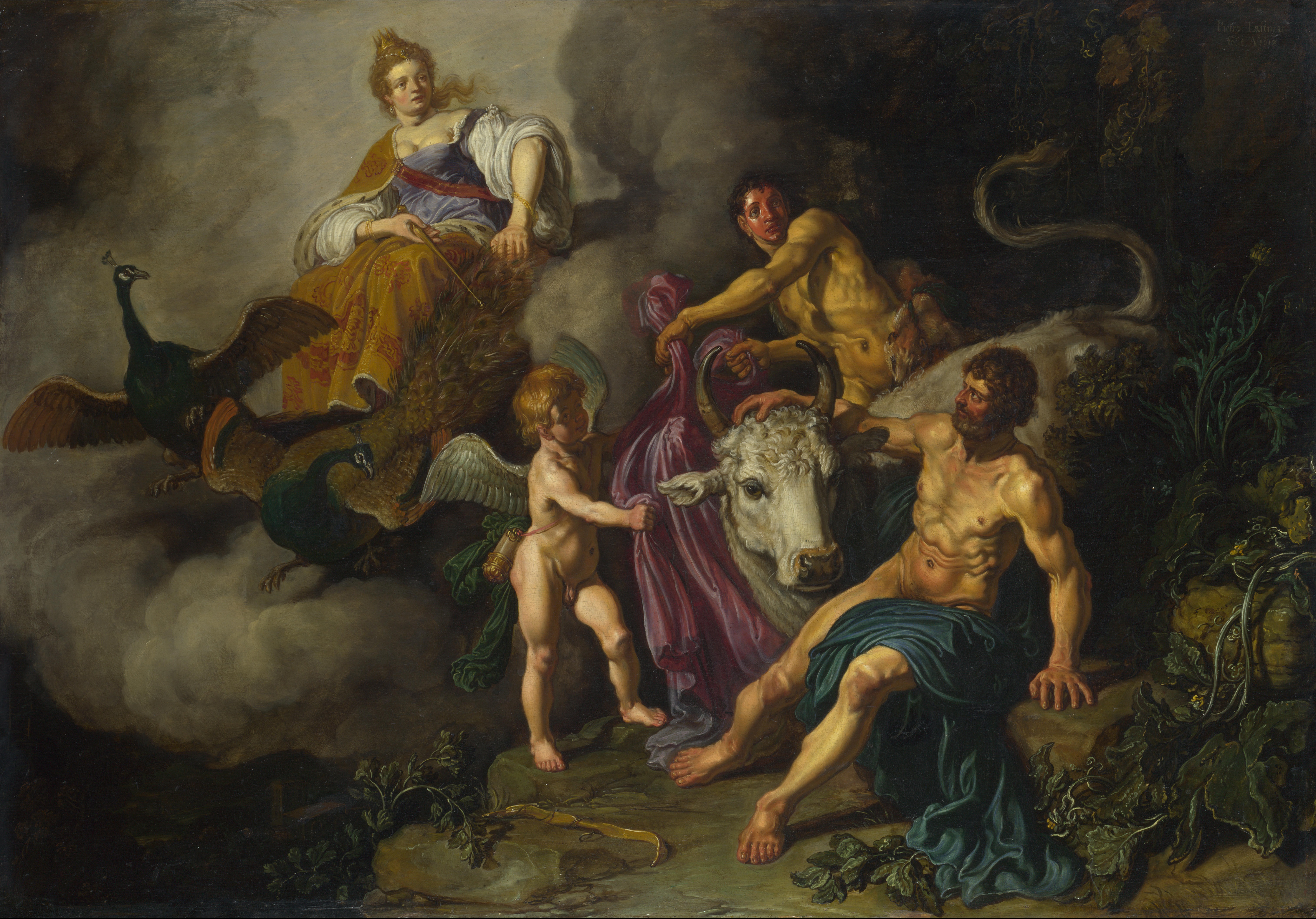|
Silpium
Silpium is the ancient mountain above Antioch, Antioch on the Orontes (modern Antakya, Turkey) where Io (mythology), Io, the daughter of Inachus, dies of grief in the version of the Greek myth preserved by the Syrian historian John Malalas, Ioannis Malalas (2.30). Locations in Greek mythology {{Greek-myth-stub ... [...More Info...] [...Related Items...] OR: [Wikipedia] [Google] [Baidu] |
Antioch
Antioch on the Orontes (; grc-gre, Ἀντιόχεια ἡ ἐπὶ Ὀρόντου, ''Antiókheia hē epì Oróntou'', Learned ; also Syrian Antioch) grc-koi, Ἀντιόχεια ἡ ἐπὶ Ὀρόντου; or Ἀντιόχεια ἡ ἐπὶ Δάφνῃ "Antioch on Daphne"; or "Antioch the Great"; la, Antiochia ad Orontem; hy, Անտիոք ''Antiokʽ''; syr, ܐܢܛܝܘܟܝܐ ''Anṭiokya''; he, אנטיוכיה, ''Anṭiyokhya''; ar, أنطاكية, ''Anṭākiya''; fa, انطاکیه; tr, Antakya. was a Hellenistic, and later, a Biblical Christian city, founded by Seleucus I Nicator in 300 BC. This city served as the capital of the Seleucid Empire and later as regional capital to both the Roman and Byzantine Empire. During the Crusades, Antioch served as the capital of the Principality of Antioch, one of four Crusader states that were founded in the Levant. Its inhabitants were known as ''Antiochenes''; the city's ruin lies on the Orontes River, near Antakya, t ... [...More Info...] [...Related Items...] OR: [Wikipedia] [Google] [Baidu] |
Antakya
Antakya (), historically known as Antioch ( el, Ἀντιόχεια; hy, Անտիոք, Andiok), is the capital of Hatay Province, the southernmost province of Turkey. The city is located in a well-watered and fertile valley on the Orontes River, about from the Levantine Sea. Today's city stands partly on the site of the ancient Antiochia ( grc, Ἀντιόχεια, , also known as "Antioch on the Orontes"), which was founded in the fourth century BC by the Seleucid Empire. Antioch later became one of the Roman Empire's largest cities, and was made the capital of the provinces of Syria and Coele-Syria. It was also an influential early center of Christianity, The Christian New Testament asserts that the name "Christian" first emerged in Antioch. The city gained much ecclesiastical importance in the Byzantine Empire. Captured by Umar ibn al-Khattab in the seventh century, the medieval Antakiyah ( ar, أنطاكية, ) was conquered or re-conquered several times: by the Byzantine ... [...More Info...] [...Related Items...] OR: [Wikipedia] [Google] [Baidu] |
Io (mythology)
Io (; grc, Ἰώ ) was, in Greek mythology, one of the mortal lovers of Zeus. An Argive princess, she was an ancestor of many kings and heroes, such as Perseus, Cadmus, Heracles, Minos, Lynceus, Cepheus, and Danaus. The astronomer Simon Marius named a moon of Jupiter after Io in 1614. Because her brother was Phoroneus, Io is also known as Phoronis (an adjective form of Phoroneus: "Phoronean"). She was sometimes compared to the egyptian goddess Isis, whereas her Egyptian husband Telegonus was "Osiris". Family In most versions of the legend, Io was the daughter of Inachus, though various other purported genealogies are also known. If her father was Inachus, then her mother would presumably have been Inachus' wife (and sister), the Oceanid nymph Melia, daughter of Oceanus. The 2nd century AD geographer Pausanias also suggests that she is the daughter of Inachus and retells the story of Zeus falling in love with Io, the legendary wrath of Hera, and the metamorphosis by which I ... [...More Info...] [...Related Items...] OR: [Wikipedia] [Google] [Baidu] |
Inachus
In Greek mythology, Inachus, Inachos or Inakhos (Ancient Greek: Ἴναχος) was the first king of Argos after whom a river was called Inachus River,Apollodorus2.1.1/ref> that drains the western margin of the Argive plain. Biography For modern scholars, Inachus is the most ancient god or hero of Argos. According to Robert Graves, he was a descendant of Iapetus while most modern mythologists understand Inachus as one of the river gods, all sons of Titans Oceanus and Tethys and thus to the Greeks, part of the pre-Olympian or "Pelasgian" mythic landscape. In Greek iconography, Walter Burkert notes, the rivers are represented in the form of a bull with a human head or face. Although these myths have been passed down since then, one of the most remarkable findings of modern archaeology was the monuments and remains showing that Argos had indeed been an ancient civilization alongside Egypt and Babylonia. As rivers are generally fertile, Inachus had many children, the chief ... [...More Info...] [...Related Items...] OR: [Wikipedia] [Google] [Baidu] |
John Malalas
John Malalas ( el, , ''Iōánnēs Malálas''; – 578) was a Byzantine chronicler from Antioch (now Antakya, Turkey). Life Malalas was of Syrian descent, and he was a native speaker of Syriac who learned how to write in Greek later in his life. The name ''Malalas'' probably derived from the Aramaic word (ܡܰܠܳܠܰܐ ''malolo'') for "rhetor", "orator"; it is first applied to him by John of Damascus. The alternative form ''Malelas'' is later, first appearing in Constantine VII. Malalas was educated in Antioch, and probably was a jurist there, but moved to Constantinople at some point in Justinian I's reign (perhaps after the Persian sack of Antioch in 540); all we know of his travels from his own hand are visits to Thessalonica and Paneas. Writing He wrote a ''Chronographia'' () in 18 books, the beginning and the end of which are lost. In its present state it begins with the mythical history of Egypt and ends with the expedition to Roman Africa under the trib ... [...More Info...] [...Related Items...] OR: [Wikipedia] [Google] [Baidu] |




